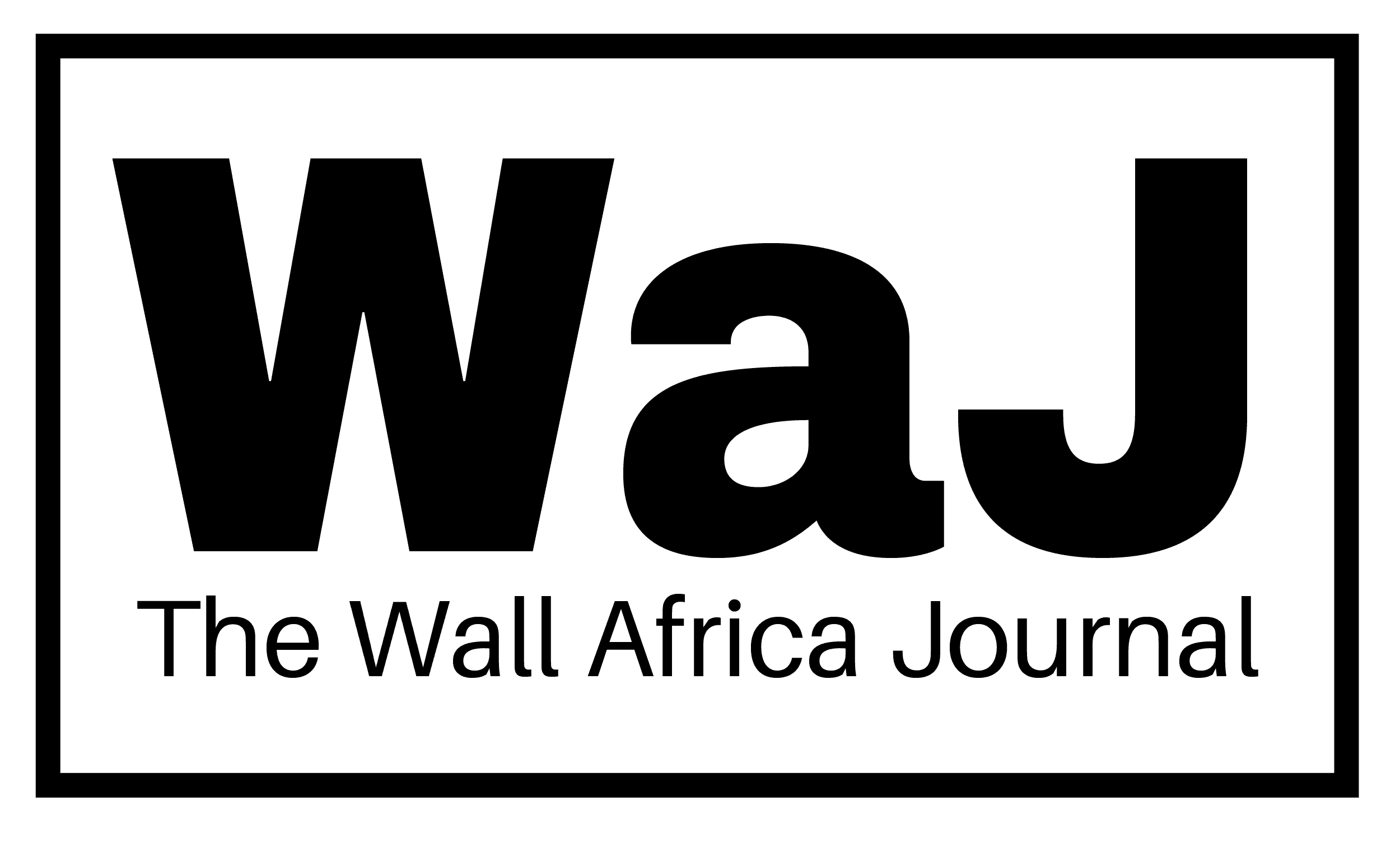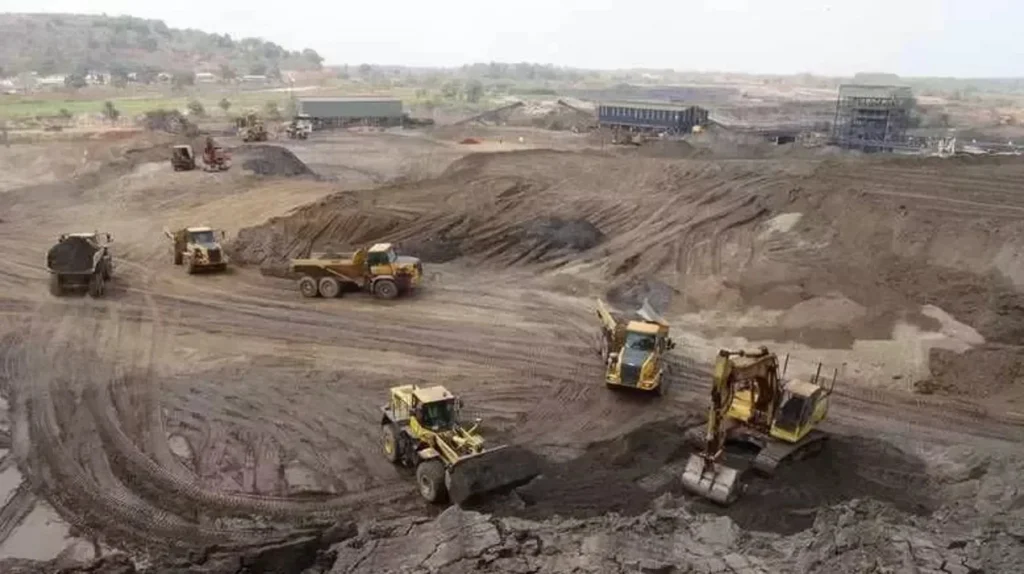Sierra Leone is betting on its vast untapped mineral reserves to steer the country toward economic stability and long-term development, as the government accelerates exploration and processing initiatives aimed at reviving a sector once marred by conflict and mismanagement.
The West African nation, still recovering from a legacy of war and commodity dependence, is home to some of the continent’s most coveted natural resources—ranging from high-grade iron ore and gold to world-class rutile and bauxite deposits. But much of this potential has remained underdeveloped, with artisanal miners dominating and formal investment lagging.
Now, with improved political stability and rising global interest in critical minerals, Sierra Leone’s government is aggressively courting foreign investors to unlock its mineral base and establish downstream processing capacity.
Rich Geology, Poor Returns
Geological surveys place Sierra Leone on the mineral-rich West African Craton. In Tonkolili alone, iron ore reserves are estimated at 13.7 billion tonnes. The Baomahun region hosts nearly 6 million ounces of gold, while the country’s southern coastal areas boast some of the world’s purest rutile.
Yet, despite this abundance, mining contributed less than 1% of GDP as recently as 2021, according to government figures. With key sites now back online—including the Tonkolili and Marampa iron ore mines—the sector’s share has climbed to roughly 7% in 2024.
“Mining has historically driven exports but done little for jobs or real income,” a senior finance ministry official told The Africa Lens. “This time, we want to change the model.”
Production Rebounds, Exploration Expands
Iron ore output has bounced back, with Tonkolili and Marampa together producing around 4 million tonnes in 2022. Rutile output remains strong, with Sierra Leone leading global production that same year at 136,000 tonnes. Meanwhile, Canadian-backed Baomahun is set to begin industrial-scale gold mining in 2025, targeting 185,000 ounces annually.
Diamond production—largely artisanal—remains volatile, falling to 525,000 carats in 2023 after reaching 689,000 the year before. Notable finds like the 709-carat Kono diamond in 2017 have kept the sector in the spotlight, but smuggling and underreporting persist.
A 2019 airborne geophysical survey unveiled lithium, rare earths, and base metal targets across unexplored regions, fueling optimism for a more diversified mining future.
Processing Push Faces Infrastructure Gaps
President Julius Maada Bio’s administration has made local value addition a central pillar of mining policy. Yet refining and processing remain minimal. Gold is exported as doré bars. Diamonds leave the country uncut. Bauxite is shipped raw. Even the idea of an alumina refinery has been shelved due to power constraints.
Only rutile stands out: it is processed to over 95% titanium dioxide using gravity-based methods before export.
“To move beyond raw exports, we need reliable energy, better transport, and skilled labour,” said an executive at a Chinese-backed iron ore firm operating in Tonkolili. “That’s a long-term play.”
Still, there are signs of change. The government recently lifted a moratorium on new exploration licences, and feasibility studies for gold refining and iron pelletizing are underway.
Growth Prospects Tempered by Risk
The IMF projects Sierra Leone’s economy will grow 4.5% in 2025, rising to 4.7% in 2026. But with inflation still above 18% and per capita income slipping to $882, the path to prosperity remains fragile.
Agriculture continues to employ over 60% of the population and contribute half of GDP, underscoring the need for balanced development.
Meanwhile, political stability is slowly returning. The ruling Sierra Leone People’s Party secured a second term in a tense 2023 vote, with the opposition All People’s Congress now back in Parliament after boycotting initial results.
Two decades after its brutal civil war ended, Sierra Leone is navigating the complex task of transforming mineral wealth into inclusive growth—without repeating past mistakes.



